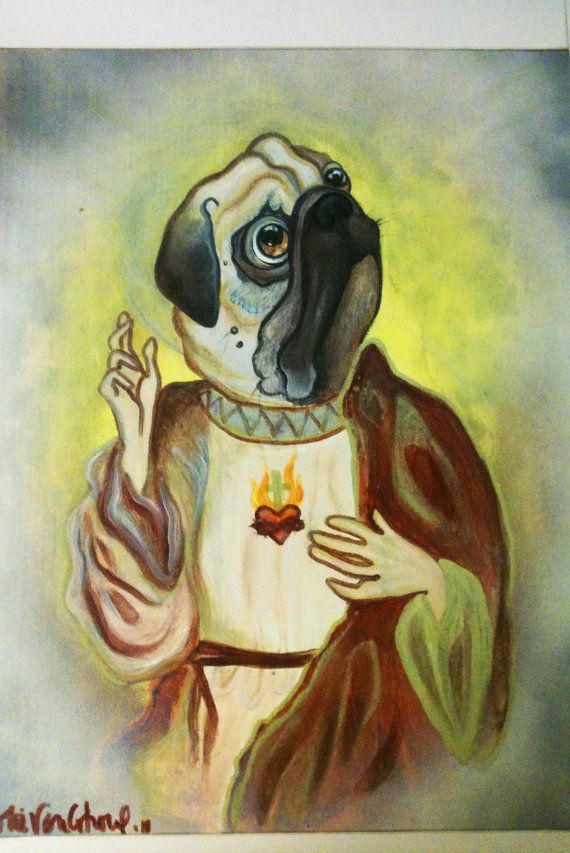Must have been rejected for propaganda because every single person in this photo looks miserable.
The ice cream barges were a huge morale booster in the Pacific. In fact, they served to demoralize the Imperial Japanese Army as much as they served as a force multiplier for the United States.
The power of ice cream
Although I’m not sure that they were widely known in the Japanese military. Most of the stories I hear of Japanese soldiers being shocked are when they learn of it after being taken as PoWs, at which point their morale is… less important.
Probably miserable as hell, but I bet you any amount of money that the ice cream is the one bright spot of their day. There’s a story that when the USS Lexington went down in WW2, the US servicemen onboard raided the freezer for its ice cream as it sank, filling up their helmets to eat it before abandoning ship.
Anything for a little taste of home.
From Harry’s interview, “So, I rolled off the flight deck onto the next level. There was a big lock on the hatch going into the Gedunk. Now there was a fire axe there, so I took the axe, and it took only one blow to knock off the lock. I went in and took my helmet off, … , and I went behind the counter and loaded my helmet with pineapple ice cream. … Then I went out and I tossed it up to my buddy on the flight deck.” His buddy and others rolled off the flight deck, went into the Gedunk, and got more ice cream. He and his buddies got back up to the deck, and Harry continued, “So, when they came around to muster, everybody was up there eating ice cream.”
Harry would evacuate the Lexington using rope lines. He was wearing a life jacket but took if off because it was difficult to swim. After about 30 minutes swimming he was picked up by the destroyer USS Morris. Again from Harry’s interview, “Someone grabbed me and hauled me up on the deck. I must have laid there for fifteen or twenty minutes … I looked, and I saw these ox-blood shiny shoes and the trouser had a sharp crease in them and this guy says, ‘I know this guy. He is from our neighborhood back in San Antonio.’ He was a marine on the Morris.”
yeah, no cones. army procurement done fucked up there
Serving ice cream to marines on Engebi Island, Eniwetok Atoll, March 1944. It had been flown in by F6F fighters. Note TBM “Avenger” in background. Photographed by Lieutenant Junior Grade Wayne Miller, USNR.
The battle for Engebi Island started on January 4, 1944, and the heavy fighting continued until it ended on February 19, with heavy fighting on the rest of Eniwetok atolls cut another three days. This photo would’ve been taken within a few weeks of fighting on Engebi ending.
The picture below is Private Theodore James Miller; an exhausted US Marine exhibiting the thousand-yard stare after two days of constant fighting on Eniwetok. He was later killed in action, at age 19, on 24 March 1944, at Ebon Atoll (not linked because I couldn’t get it to work properly; again, this is after just two days of fighting):
https://en.m.wikipedia.org/wiki/File:WW2\_Marine\_after\_Eniwetok\_assault.jpg


